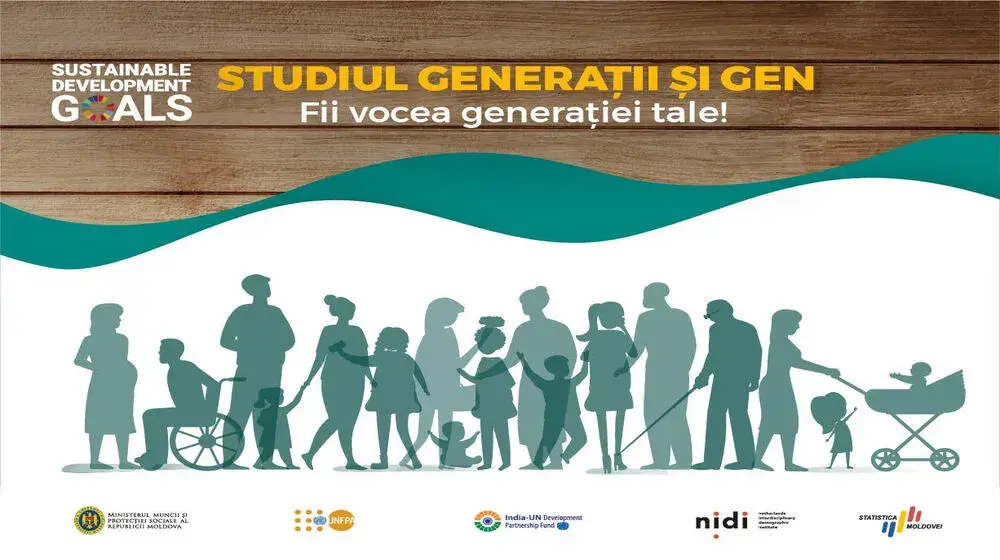Chisinau, October 18, 2018 - Regardless of the fertility rate in a country, what really matters is the right of people to choose how many children they want and the possibility to realize this right. "The power of choice - reproductive rights and demographic transition" is the generic of the new UNFPA State of the World Population Report 2018 released in Chisinau. The report examines the fertility trends in the world and the factors that influence people's decisions whether or not to have children.
At the global level, a 50% decrease in fertility rates was observed compared to the mid-1960s. If several years ago there was only one fertility rate in the world, today there are very large discrepancies between countries - from countries with very high fertility, to countries with low fertility.
These discrepancies show that no country in the world can claim to have fully achieved the reproductive rights of the people. On the one hand, in countries with high fertility, there is a lack of family planning means, thus people can not choose to have smaller families. On the other hand, in low-fertility countries, even if people would like to have more children, they face economic and social barriers, the report said.
Countries can be grouped into four major categories, depending on the level of fertility:
1. High fertility countries, where women have more than four children, particularly less developed Sub-Saharan Africa countries. Nigeria is the country with the highest fertility in the world - a woman has, on average, seven children;
2. Countries with fertility that declined rapidly and then began to grow again;
3. Countries with declining fertility;
4. Countries that had a low fertility for many years, especially in Asia, Europe and North America. Taiwan's Province of China has today the lowest fertility rate in the world - 1, 1 child per woman.
Moldova is in the low fertility category, along with countries such as Portugal, Singapore, Poland, Greece, South Korea. Couples in these countries have less than two children - below the level required for the replacement of generations.
"Realizing the right of women and men to choose how many children they want can change the world, however today reproductive rights are limited in many parts of the world. In European countries where low fertility rates are common, people often can’t have the desired number of children. Gender-sensitive family policies and childcare services can change the situation by offering parents the opportunity to combine work and family life, "said Rita Columbia, UNFPA's Representative in Moldova.
According to the report, each country should define its own mix of services and resources that it needs in order to achieve reproductive rights for all citizens. For example, many countries with fertility rates close to the generational replacement level have family-friendly policies and services, such as childcare services and work-life balance.
The experience of the Republic of Moldova shows that much of the international recommendations have been taken up and integrated in the national policies.
For example, maternity leave has been reduced from 6 to 4 years, in order to help women achieve both their professional and family plans. Meantime, additional efforts are needed to achieve the right of women and men to have the desired number of children. These are, in particular, gender-sensitive family policies, friendly to both women and men, education of the young generation on reproductive rights and health, nurseries and childcare services, and shorter and better paid maternity and paternity leave.
Currently there are 7.6 billion people living in the world, and more than 300,000 children are born daily. Mostly - in Sub-Saharan African countries. In 2017 over 30,000 children were born in Moldova, 4,000 less than in 2016.
To read the full report, visit: www.unfpa.org/swop




